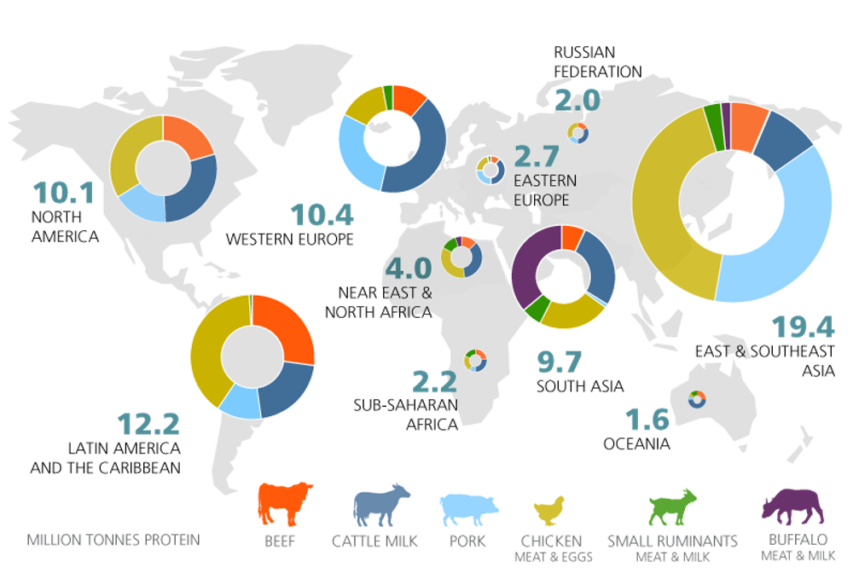Natural organically-evolved cities tend to be densely-packed mixtures of dark alleys, tiny shops, and overcrowded streets. Modern scientific rationalists came up with a better idea: an evenly-spaced rectangular grid of identical giant Brutalist apartment buildings separated by wide boulevards, with everything separated into carefully-zoned districts. Yet for some reason, whenever these new rational cities were built, people hated them and did everything they could to move out into more organic suburbs. And again, for some reason the urban planners got promoted, became famous, and spread their destructive techniques around the world.
Ye olde organically-evolved peasant villages tended to be complicated confusions of everybody trying to raise fifty different crops at the same time on awkwardly shaped cramped parcels of land. Modern scientific rationalists came up with a better idea: giant collective mechanized farms growing purpose-bred high-yield crops and arranged in (say it with me) evenly-spaced rectangular grids. Yet for some reason, these giant collective farms had lower yields per acre than the old traditional methods, and wherever they arose famine and mass starvation followed. And again, for some reason governments continued to push the more “modern” methods, whether it was socialist collectives in the USSR, big agricultural corporations in the US, or sprawling banana plantations in the Third World.
Traditional lifestyles of many East African natives were nomadic, involving slash-and-burn agriculture in complicated jungle terrain according to a bewildering variety of ad-hoc rules. Modern scientific rationalists in African governments (both colonial and independent) came up with a better idea – resettlment of the natives into villages, where they could have modern amenities like schools, wells, electricity, and evenly-spaced rectangular grids. Yet for some reason, these villages kept failing: their crops died, their economies collapsed, and their native inhabitants disappeared back into the jungle. And again, for some reason the African governments kept trying to bring the natives back and make them stay, even if they had to blur the lines between villages and concentration camps to make it work.
Why did all of these schemes fail? And more importantly, why were they celebrated, rewarded, and continued, even when the fact of their failure became too obvious to ignore? Scott gives a two part answer.
The first part of the story is High Modernism, an aesthetic taste masquerading as a scientific philosophy. The High Modernists claimed to be about figuring out the most efficient and high-tech way of doing things, but most of them knew little relevant math or science and were basically just LARPing being rational by placing things in evenly-spaced rectangular grids.
But the High Modernists were pawns in service of a deeper motive: the centralized state wanted the world to be “legible”, ie arranged in a way that made it easy to monitor and control. An intact forest might be more productive than an evenly-spaced rectangular grid of Norway spruce, but it was harder to legislate rules for, or assess taxes on.
The state promoted the High Modernists’ platitudes about The Greater Good as cover, in order to implement the totalitarian schemes they wanted to implement anyway. The resulting experiments were usually failures by the humanitarian goals of the Modernists, but resounding successes by the command-and-control goals of the state. And so we gradually transitioned from systems that were messy but full of fine-tuned hidden order, to ones that were barely-functional but really easy to tax.
Scott Alexander, “Book Review: Seeing Like a State”, Slate Star Codex, 2017-03-16.






